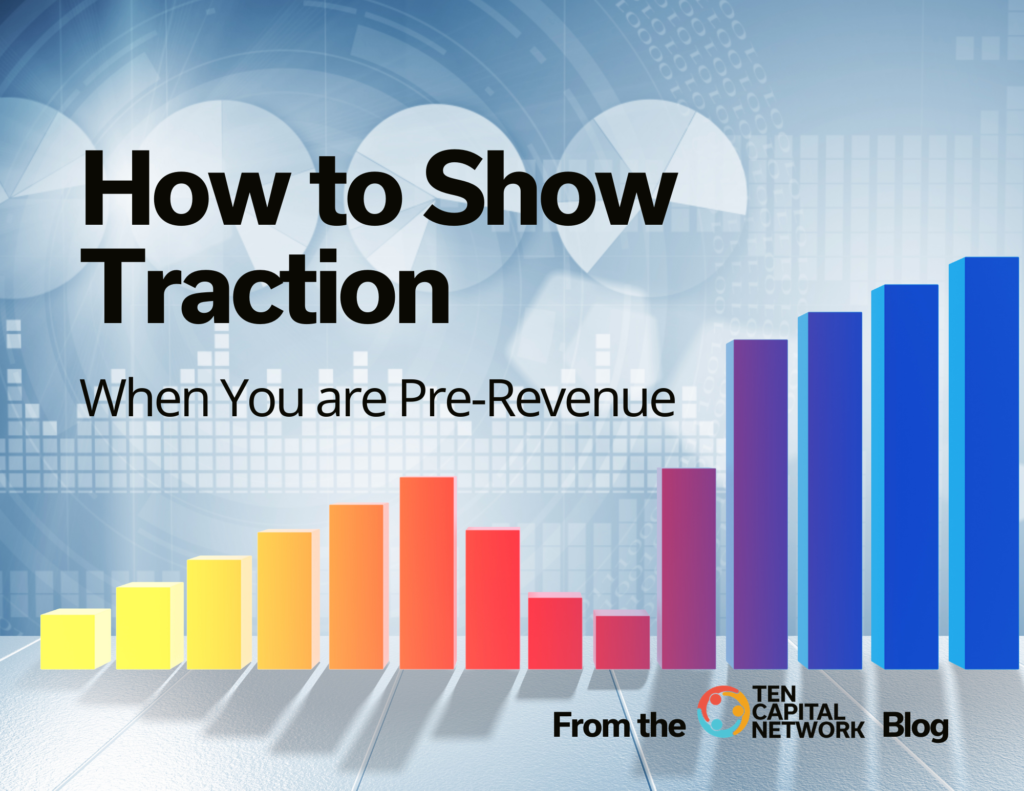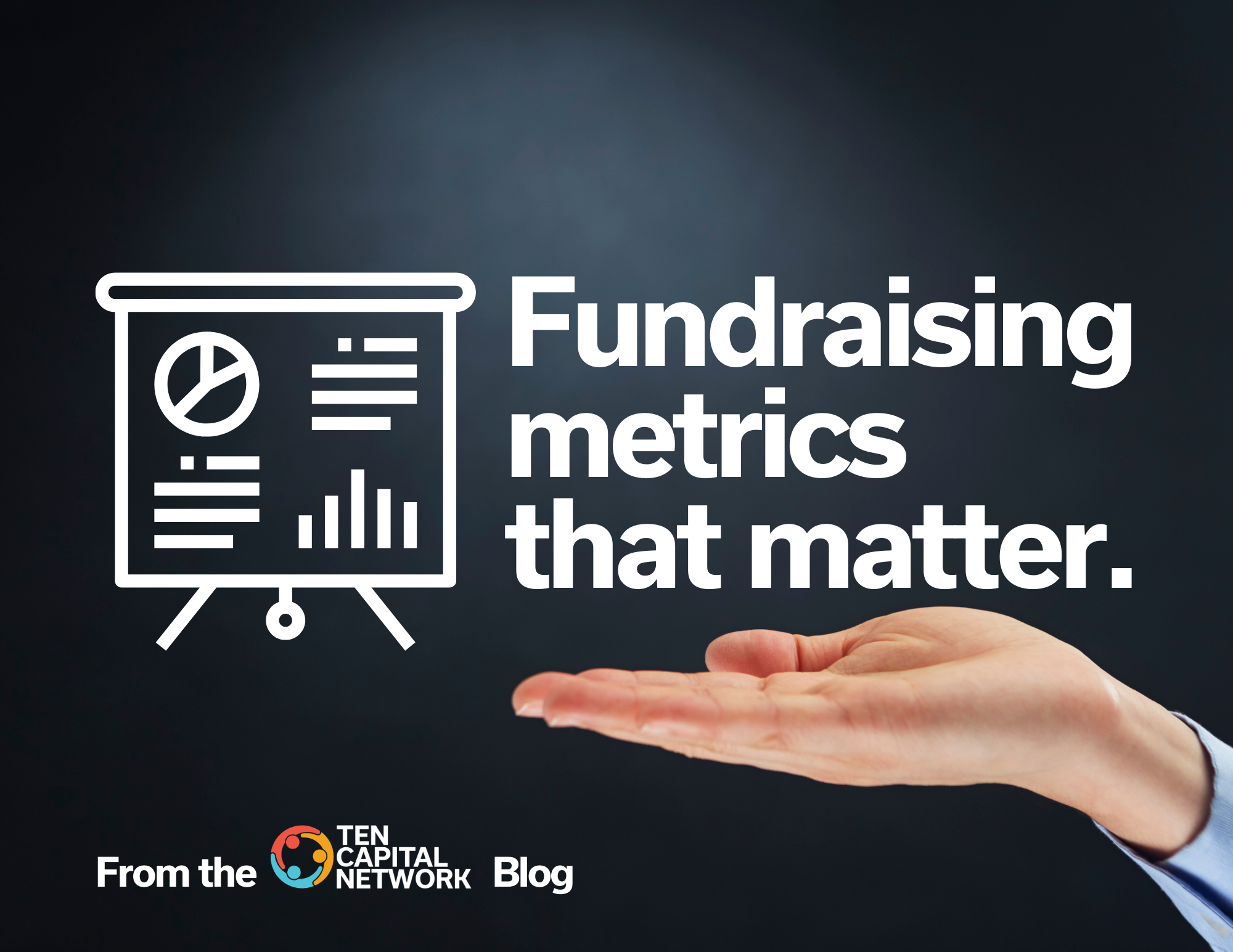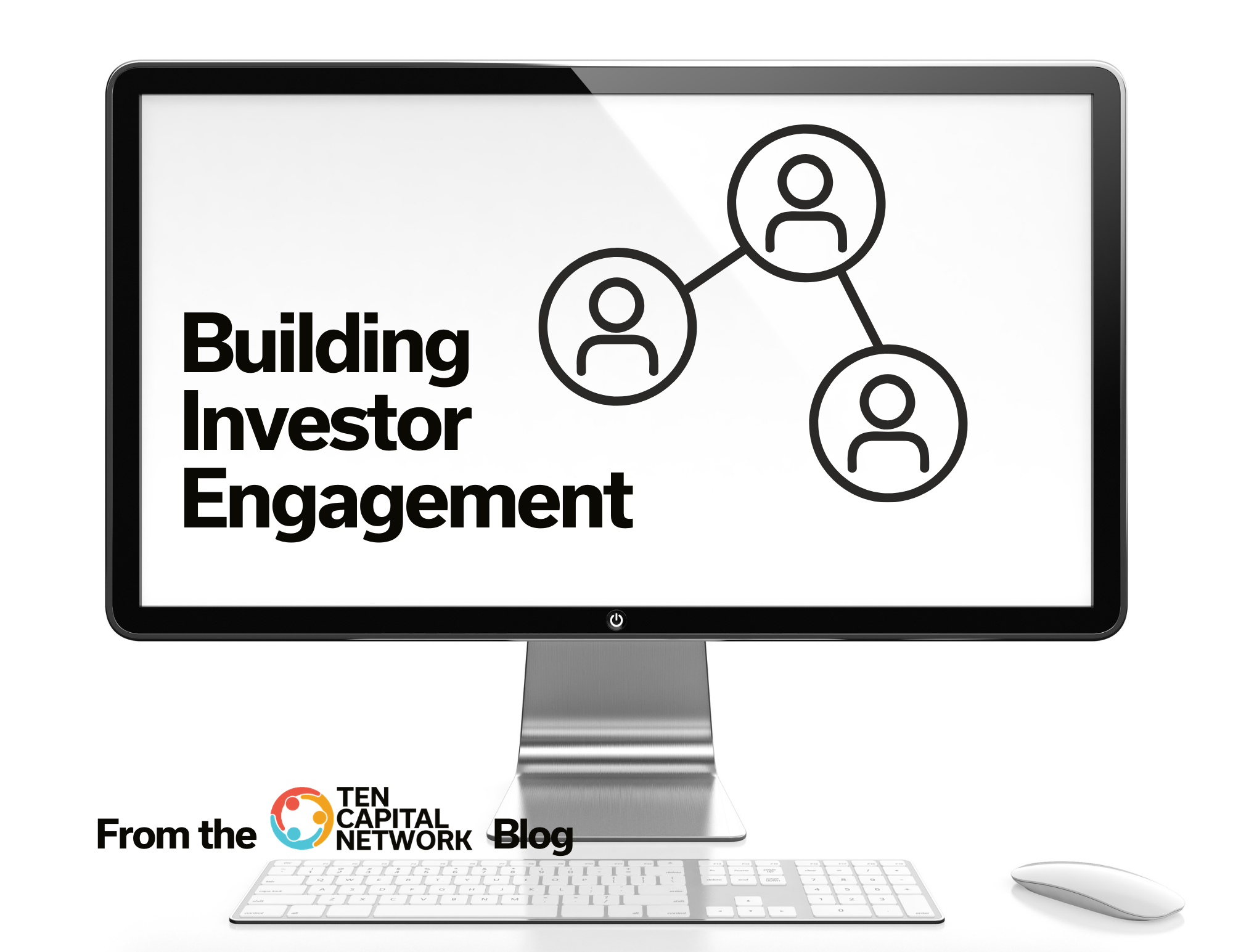2 min read: We know that investors are looking for traction, but how to show traction when you are pre-revenue?
Contrary to popular belief, even if you are pre-revenue, you can still show traction with your startup. Traction can be represented by any activity with customers, even without revenue.
You can show customer engagement at all phases, even before you have a product. You should have customers coaching you on what product to build.
First, when communicating with investors, always include customers in your discussions.
Never engage an investor meeting, email, or conference call without new info about your customer and always mention it.
If you are pre-revenue, you can still talk about the prospective customers you are working with to build your product and what they are saying.
The customer problem is the most important thing because it shows you are close to the revenue source, and you are working towards obtaining it.
Be able to name the customers, both the company and your contact. Never talk about the customers as a general group with vague and fuzzy references.
Talk specifically about the problem they want to solve and how much it costs them.
Next, show how you’re building your product to solve the customer’s problem.
Discuss pilots, beta tests, MVP usage, and how the customers are engaging.
Once you have a few customers closed, you have enough information to start building the Unit Economics story.
Show the cost of acquiring those customers, qualifying them, closing them, and how it’s a profitable business.
Place those customers in a sales funnel to show prospects moving through the funnel. Place upcoming prospects at the top of the funnel to show more are on their way.
You now have a repeatable, predictable process.
The secret here is that most investors don’t look for big revenue; they look for repeatable revenue.
In your investor updates, show additional customers coming into the funnel and moving through it.
Highlight that the cost and timeframes are the same, emphasizing it’s a repeatable process, and you’re just “turning the crank.”
If you’ve decided you’re not going to talk with customers until the product is complete, then you may want to rethink that strategy.
Involve customers from the start and get their help on it, and ALWAYS be talking about those interactions with your investors.
Read more: https://tencapital.group/education/

Hall T. Martin is the founder and CEO of the TEN Capital Network.TEN Capital has been connecting startups with investors for over ten years. You can connect with Hall about fundraising, business growth, and emerging technologies via LinkedIn or email: hallmartin@tencapital.group




